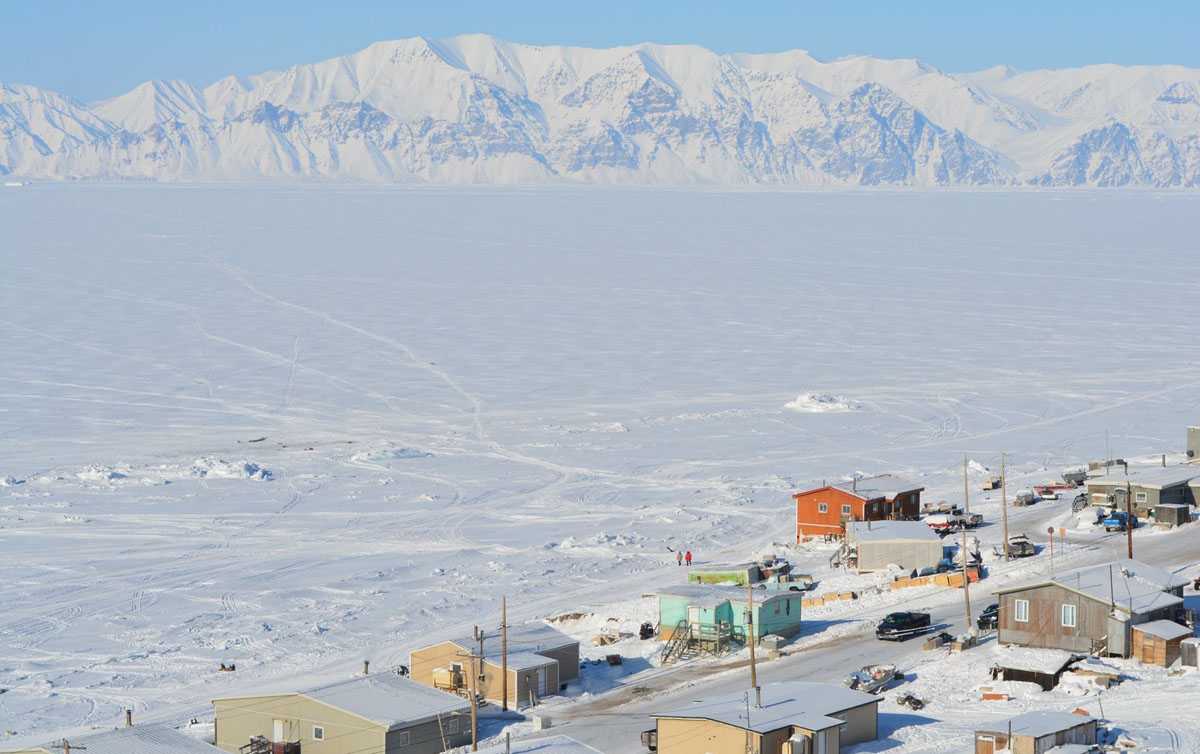Nunavut improves the territory’s standards for surveying drinking water quality
Some communities might see more frequent turbidity reports — but that's because of better testing, not worse water quality.

Nunavut has improved its drinking water surveillance systems, which could make an increase in turbidity announcements a sign of progress rather than a sign of declining water quality.
“We’ve adopted a more forward-thinking approach when we look at our facilities and their production of drinking water,” said Michele LeBlanc-Havard, an environmental health specialist with the Government of Nunavut.
Turbidity is a measurement of the cloudiness of water. This cloudiness comes from fine particles, like silt or bits of vegetation, suspended in the water.
In the Arctic, when glaciers melt and ice breaks up, materials on the surface or underneath the ice are released into the water. Turbidity often occurs after the ice breaks up in June, although the exact time shifts from year to year.
Nunavut’s Department of Health has standardized turbidity testing across the territory. All communities in the territory can now test for turbidity, leading to frequent turbidity reports.
In a recent public service announcement in response to turbidity being found in the drinking water in numerous communities, Nunavut’s Department of Health said that, as a precautionary step, boil water advisories are being issued for communities that don’t have the available technology to remove turbidity.
This led to advisories in Rankin Inlet, Whale Cove, Baker Lake, Pond Inlet and Kugluktuk. The public service announcement said water in these communities will be carefully monitored to make sure it meets the appropriate criteria before boil water advisories are lifted.
LeBlanc-Harvard said the Department of Community and Government Services, which the Department of Health is working with, also plans to upgrade water treatment plants across the territory.
This will bring the plants in line with new public drinking water supply regulations that the GN is now drafting. No date has been given for the upgrades.
Turbidity is often used as an indicator of how well treatment plants are cleaning water. High levels of turbidity can be a symptom of problems at the water treatment facilities, distribution systems or problems with the source water itself.
Some studies have suggested links between stomach illnesses and turbidity, but there’s no proven relationship.
LeBlanc-Havard said the recent boil water advisories in Nunavut are a result of normal environmental factors for this time of year, combined with improved surveillance and monitoring practices, allowing for “more consistent and timely” decisions when it comes to turbidity.
She said the Department of Health and the Department of Community and Government Services are also working together to support communities and improve communication and education about turbidity.
LeBlanc-Havard also noted that people can reach out to their regional environmental health officers with questions and concerns about turbidity.
“It’s a hard concept for people to sort of grasp,” LeBlanc-Havard said. “And that’s why we’re trying to work with the communities as much as possible so that they understand that this is something that likely occurs every year, doesn’t mean there’s a lot of high level of risk or that something definitely bad would happen.”
“We’re just trying to make sure that the drinking water meets national best practice … because Nunavut deserves that.”